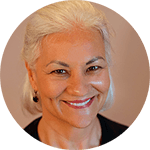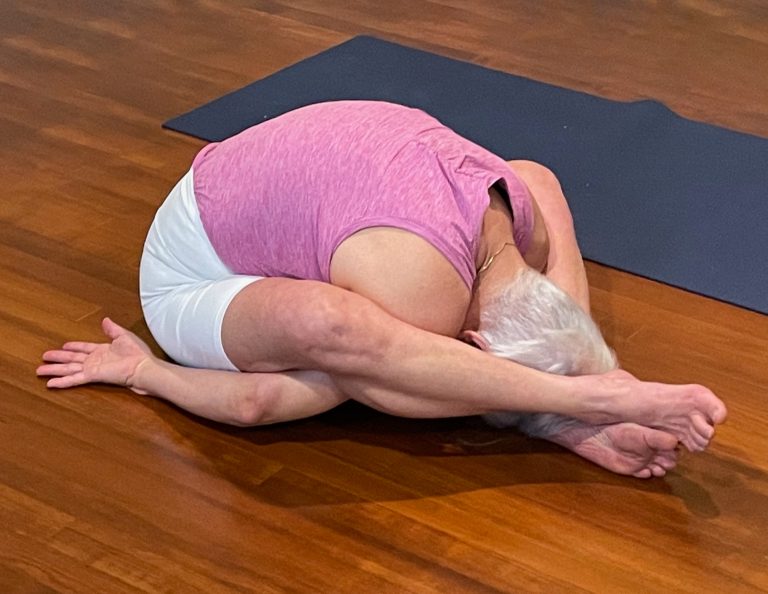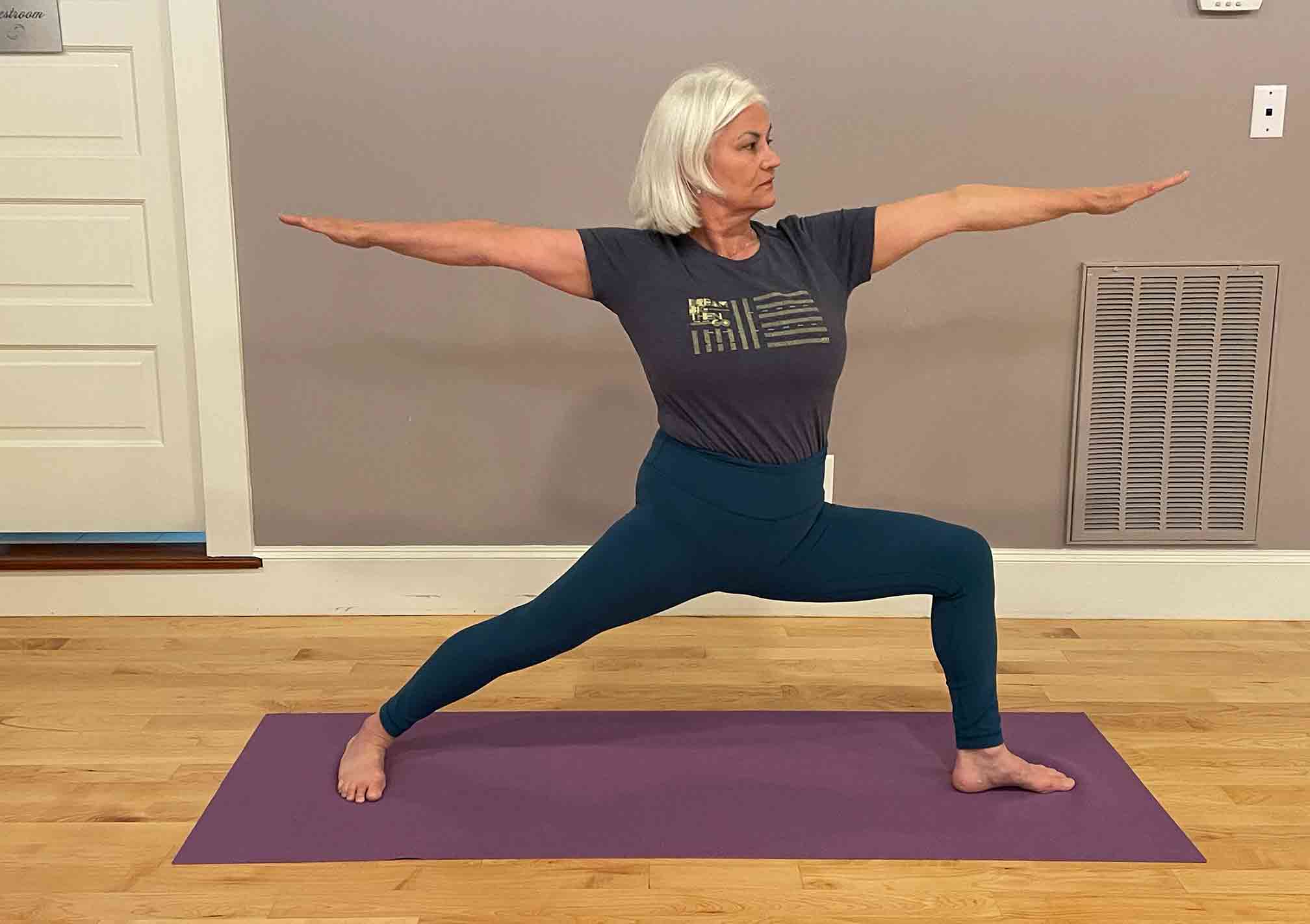
Pauline Schloesser, Ph.D., Certified Iyengar Yoga Teacher, IAYT Yoga Therapist
Recent informal talks by Prashant Iyengar on teaching philosophy have led me to re-think the Teacher Study Program I proposed for Alcove Yoga this Fall. He has explained that his father, B.K.S. Iyengar ever thought of himself as a student of yoga. Others called him Guru, but in his own mind he was a student of yoga first, and teacher second. It was his devotion to his practice and his study that provided the insights he shared in his teaching. Of course, he had a guru, but his formal study with T. Krishnamacharya was only for a year or two. B.K.S. was an extraordinarily intense practitioner and his practices informed his teaching.
This is not your ordinary teacher training program! You may have heard about the plethora of 200 hour yoga teacher training programs that exist in our culture. In those programs it is possible to have zero experience as a yoga practitioner and enroll in teacher training. Of course, the person with no practice except for weekly classes might be athletically talented, and so they say to themselves—I am as good as the teacher! I am better than the teacher; I should be a teacher! This happens rampantly in the West, where yoga is seen as exercise and teaching is viewed as a career path.
That is not classical yoga. Although yoga asanas may look like mundane body exercises or postures, they are much more than that. They are vehicles to cosmic consciousness that provide considerable benefits to health and well-being.
In classical times, the ardent student of yoga did asanas and other practices, like chanting (“japa”) and meditation, for cleansing the whole embodiment. Purification of the body-mind was seen as essential for spiritual development. To be a student of yoga in classical times also entailed learning from a guru, and formal study of literature. Yoga was not something to take up as a physical practice for a month or a year and then move on to something else. The practice of yoga was to be done with devotion and perfected over one’s whole life, (or many lifetimes!) as the depth of material to be learned was and is limitless. At some point in this way of life, one’s knowledge and experience would be sought by others, and in this way one became a guru oneself, passing on the knowledge they had acquired.

When B.K.S. Iyengar brought yoga to the West, he taught asanas, which were his forte, and for which there was demand. In the teaching of asanas he was able to bring people into deep states, treat and cure ailments, and profoundly affect the lives of his students. After some time, he encouraged his students to teach what he had taught them. These students in the West requested a kind of standardized system with a credential. The assessment and certification system was thereby developed that that Iyengar Yoga would have consistency and quality. Today there are a few thousand Certified Iyengar Yoga Teachers (CIYTs) in the world, who together have preserved and are sharing the wisdom of our guru, B.K.S. Iyengar. Still, to this day, the Iyengars do not issue teaching certificates in India, but rely on the timeless teacher-disciple tradition to culture the next generation of teachers.
Just as you would not enter an music academy to learn how to teach violin-playing, it is not appropriate to enter a yoga ashram to be taught how to teach. One must become a proficient yogi before becoming a yoga teacher, and thus I am changing the name of the proposed program to Intensive Yoga Studies: A Path to Teaching
The primary goals of the Intensive Yoga Studies Program are the following:
- Learn the Classical Eight-fold path of Yoga as described by Patanjali
- Become familiar with the 75 asanas of the Level 1 Syllabus from the Iyengar Institute in Pune
- Develop a consistent home practice of asana and pranayama
- Study of the subject of yoga as described in from classical and modern texts (by the Iyengars).
- Learn how to adapt classical asanas for common conditions (such as menstruation) and minor ailments.
- Provide opportunities for practice teaching with peers and volunteer students.





